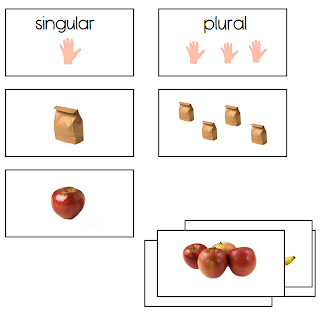If you're a preschool mom or teacher looking to boost your little one's reading skills, nomenclature cards might just become your new BFF. These simple yet powerful tools can make a huge difference in how young children start to understand language and reading.
Imagine this: your child is looking at a picture of a horse and right next to it is the word "horse." Suddenly, it clicks—they realize that those letters together represent the animal they love. That’s the magic of nomenclature cards. They help kids make the connection between objects and words, which is a huge step toward learning to read.
Not only do these cards build vocabulary by introducing new words, but they also make those words stick. Seeing and saying the words over and over helps cement them in your child’s memory. Plus, when you start sorting the cards into groups—like animals, colors, or shapes—you’re teaching them to recognize patterns and organize information, which is super important for reading comprehension.
And let’s be honest, keeping a preschooler engaged can be a challenge, but the interactive nature of these cards makes learning fun. So, whether you’re teaching at home or in a classroom, nomenclature cards are a great way to kickstart your child's reading journey in an enjoyable, hands-on way.
Get started today by incorporating nomenclature cards into your preschooler's learning routine.
Grab this amazing 6-set bundle deal at www.insightfulbrain.com and get the 7th set free -- it is a limited offer, so get them before the sale ends!
Bundle includes:
- Kitchen Nomenclature/Vocabulary Cards
- Tool Nomenclature/Vocabulary Cards
- Fruit Nomenclature/Vocabulary Cards
- Home Nomenclature/Vocabulary Cards
- School Nomenclature/Vocabulary Cards
- Farm Animal Nomenclature/Vocabulary Cards

.png)

.png)

.png)


.png)







